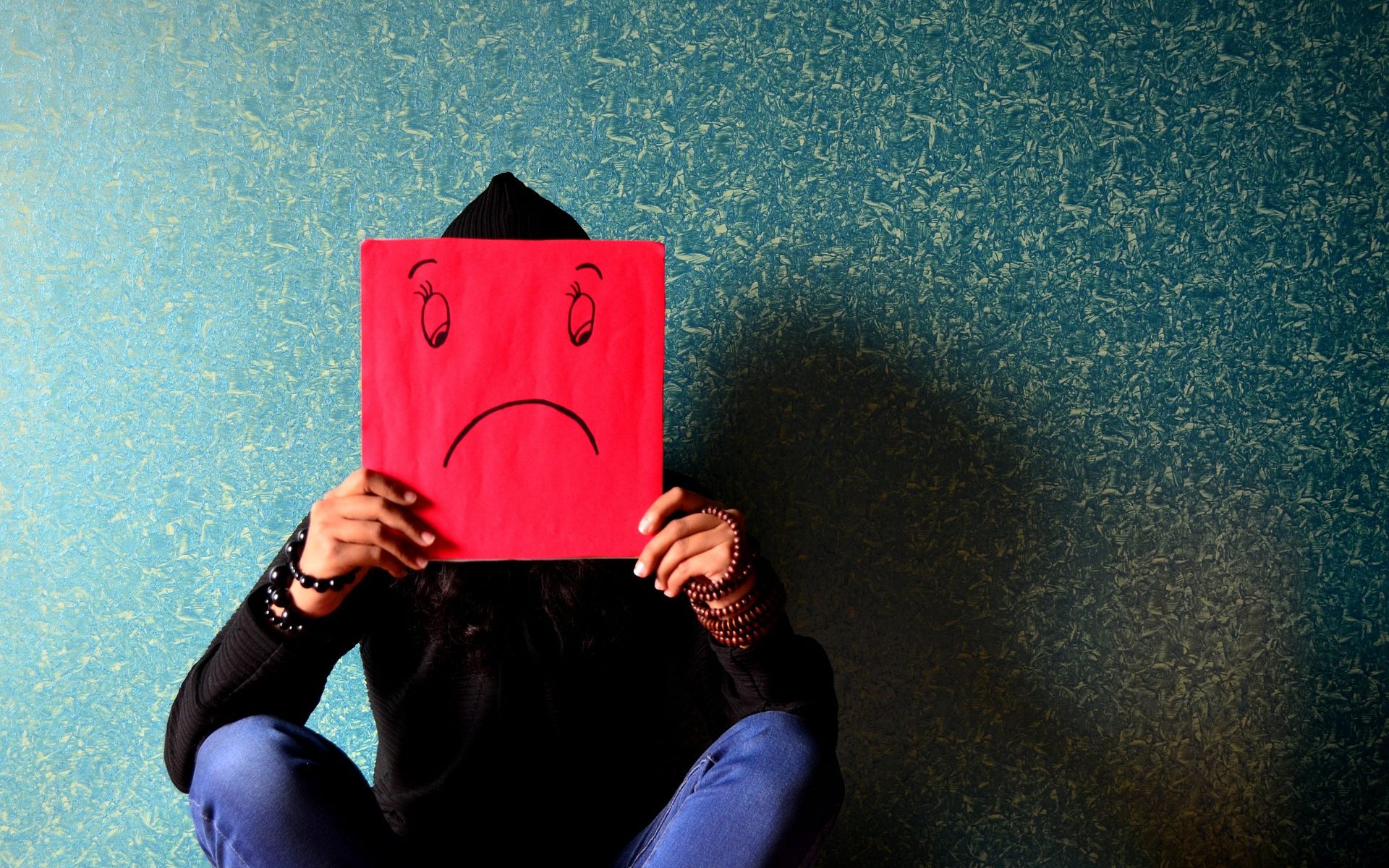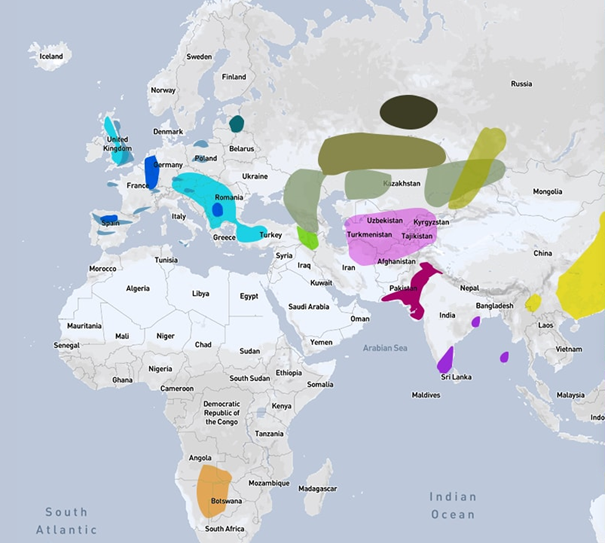More than 300 million people of all ages suffer from depression in the world, so about 4pc of the world population. Yes we are human… In a few weeks, GenePlaza will launch its new app to have a genetic test to measure your predisposition regarding depression.
Depression Key facts from the World Health Organization
- a common mental disorder.
- a leading cause of disability worldwide.
- More women are affected than men.
- At its worst, depression can lead to suicide.
- There are effective psychological and pharmacological treatments.
More from the World Health Organization
What is Depression?
Depression (major depressive disorder) is a common and serious medical illness that negatively affects how you feel, the way you think and how you act. Fortunately, it is also treatable. Depression causes feelings of sadness and/or a loss of interest in activities once enjoyed. It can lead to a variety of emotional and physical problems and can decrease a person’s ability to function at work and at home. More on Psychiatry.org
Major symptoms
- Feelings of guilt, worthlessness, or helplessness
- Decreased energy or fatigue
- Moving or talking more slowly
- Feeling sad or having a depressed mood
- Loss of interest or pleasure in activities once enjoyed
- Changes in appetite — weight loss or gain unrelated to dieting
- Trouble sleeping or sleeping too much
- Feeling restless or having trouble sitting still
- Difficulty concentrating, remembering, thinking or making decisions
- Early-morning awakening, or oversleeping
- Loss of energy or increased fatigue
- Increase in purposeless physical activity (e.g., hand-wringing or pacing) or slowed movements and speech (actions observable by others)
- Thoughts of death or suicide, or suicide attempts
- Persistent sad, anxious, or “empty” mood
- Feelings of hopelessness, or pessimism
- IrritabilityFeeling restless or having trouble sitting stillAppetite and/or weight changes
- Aches or pains, headaches, cramps, or digestive problems without a clear physical cause and/or that do not ease even with treatment
Risk factors
It is one of the most common mental disorders in the world. Current research suggests that depression is caused by a combination of genetic, biological, environmental, and psychological factors.
- Personal or family history
- Major life changes, trauma, or stress
- Certain physical illnesses and medications
- Biochemistry: Differences in certain chemicals in the brain may contribute to symptoms of depression.
- Genetics: Depression can run in families. For example, if one identical twin has depression, the other has a 70 percent chance of having the illness sometime in life.
- Personality: People with low self-esteem, who are easily overwhelmed by stress, or who are generally pessimistic appear to be more likely to experience depression.
- Environmental factors: Continuous exposure to violence, neglect, abuse or poverty may make some people more vulnerable to depression.
More on Psychiatry.org

Insights from the world health organisation
Although there are known, effective treatments for depression, fewer than half of those affected in the world (in many countries, fewer than 10%) receive such treatments. Barriers to effective care include a lack of resources, lack of trained health-care providers, and social stigma associated with mental disorders. Another barrier to effective care is inaccurate assessment.
Depression statistics for some countries in the world (alphabetical ranking)
- Belgium: 14%
- France: 21%
- Germany: 10%
- Israel: 10%
- Italy: 10%
- Japan: 6%
- New Zealand: 18%
- Spain: 11%
- United States: 19%
Treatment and Therapies
Mainly medications and psychotherapies, check the site of the National Institute of Mental Health.
Are you depressed?
Let’s have a look at a few tests:
- Depression and Anxiety test from from the Newzealand Health promotion agency
- Depression and Bipolar test from “families for depression awareness” in USA
- Depression and Anxiety test from Mindset in Australia
Coming soon… GenePlaza will implement the genetic based research to help you to understand your genetic predisposition to depression.
It will tell you if you have a higher risk or lower risk to be depressed according to your genes. We all know that we have health predispositions due to our ancestors as written above:
Genetics are one of the main risk factors for depression: Depression can run in families. For example, if one identical twin has depression, the other has a 70 percent chance of having the illness sometime in life.
Do you want to take this test?
At GenePlaza, we help people to get to know themselves better thanks to our App Store.




